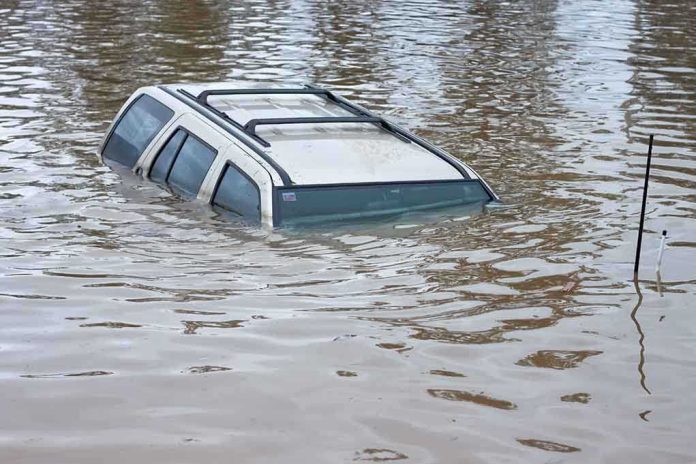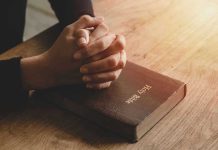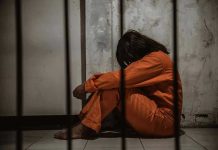
When floodwaters swallowed Texas Hill Country this Independence Day, it wasn’t the federal bureaucracy or big government swooping in first—it was faith-based groups and local communities, stepping up as the real first responders while government officials rushed to catch up to the crisis.
At a Glance
- Catastrophic July 4th flooding in Texas Hill Country left at least 119 dead, over 173 missing, and thousands displaced.
- Faith-based organizations and local volunteers led the rescue and relief efforts, outpacing slow government aid.
- Federal and state disaster declarations eventually unlocked funding, but grassroots action filled immediate gaps.
- Rapid, unregulated development in known flood plains contributed to the scale of the tragedy.
- The event exposes ongoing failures in disaster preparedness and the essential role of traditional community values.
Faith and Community: The Real First Responders
As the relentless rains from Tropical Storm Barry hit Kerr County, the state’s so-called “Flash Flood Alley” once again lived up to its reputation. Within hours, the Guadalupe River surged by up to 35 feet, swallowing roads, camps, and entire neighborhoods. This wasn’t some unpredictable, once-in-a-millennium event. Scientists, engineers, and even common sense have warned for decades that this region’s unique geography and the government’s blind eye toward reckless development would eventually lead to disaster. Those warnings fell on deaf ears—and now, in the aftermath, the federal government’s delayed response was as predictable as the rising water. Instead, it was faith-based organizations—the Salvation Army, Samaritan’s Purse, United Cajun Navy, and an army of local churches—who were out in boats, wading through the mud, and handing out meals while bureaucrats held press conferences and signed paperwork.
By July 10, the death toll had climbed to at least 119, with more than 173 still unaccounted for. Over 400 souls were plucked from the floodwaters, not by FEMA or some alphabet-soup agency, but by volunteers and faith-led groups who saw a neighbor in distress and acted—no forms to fill out, no waiting for permission, just boots on the ground. Major Phil Swyers of the Salvation Army in Kerrville reported distributing more than 27,000 drinks and 4,000 meals in the first week alone. Samaritan’s Purse, led by Edward Graham, shifted quickly from rescue to clean-up, helping families gut their homes before mold could set in and ruin what little they had left. These are the kinds of efforts that don’t show up in government spreadsheets, but they save lives and restore hope.
Government: Late to the Party, Slow to Act
Governor Abbott eventually declared a state of disaster, and Washington graced us with a federal disaster declaration days later, finally releasing the purse strings for recovery funding. But by then, the cavalry had already arrived—it just happened to be wearing jeans, carrying Bibles, and driving battered pickup trucks instead of riding in on taxpayer-funded helicopters. NASA pitched in with satellite data and fancy flood maps, but it was the local knowledge and grit of community volunteers that found missing campers, rescued stranded families, and set up makeshift shelters while the bureaucratic wheels turned at their usual glacial pace.
Meanwhile, the policy class and their urban planning experts wasted no time calling for more regulations and stricter controls on “dangerous” development—never mind that it’s their own hands-off attitude toward enforcing existing rules and their love affair with unchecked urban sprawl that set the stage for this mess. Instead of empowering local communities and respecting the wisdom of those who actually live on the land, the response is always more government, more paperwork, and less personal responsibility. And as usual, it’s the everyday Texans—especially those grounded in faith and family—who are left to pick up the pieces.
A Flood of Consequences—and Lessons Ignored
What’s left behind after the waters recede? Trauma, economic hardship, and a renewed sense of skepticism toward the endless promises of top-down disaster preparedness. Families in Kerrville, Hunt, and Liberty Hill face a long road to recovery. Businesses will struggle, and insurance companies are already sharpening their pencils, plotting how to dodge liability. The calls for new floodplain regulations and “smart growth” will grow louder, but history shows us those in charge will eventually move on, leaving the real work to be done by the very people they too often ignore—those who build their communities on faith, hard work, and common sense.
There’s no denying that the Texas Hill Country is prone to floods. But the real disaster is the erosion of self-reliance, the sidelining of faith-based action, and the endless substitution of real help with layers of government red tape. As the debate over how to rebuild and prepare for the next storm rages on, one thing is clear: if you want to know who will be there when the next crisis hits, don’t look to Washington—look to your neighbor, your church, and those who still believe in something bigger than government.






